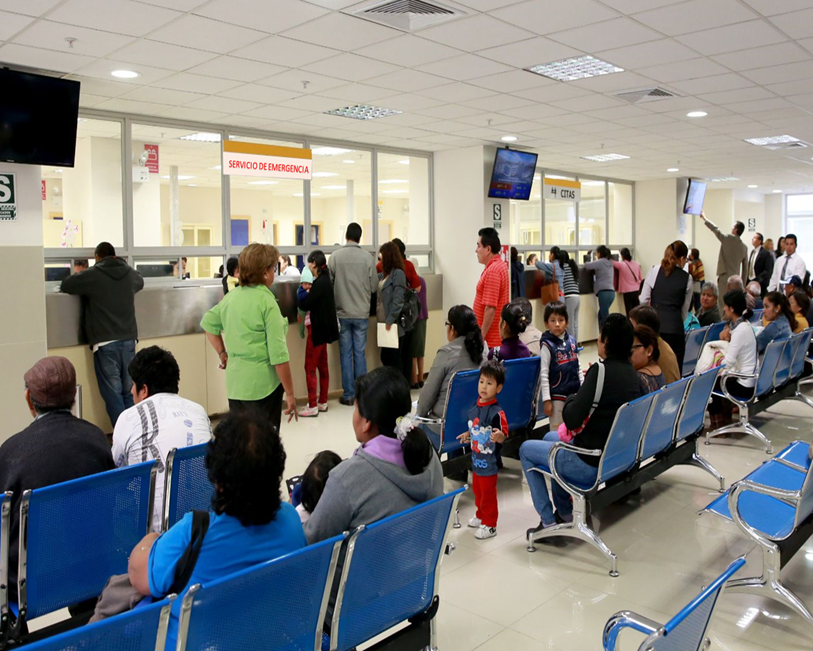Characteristics of the non-urgent demand in the emergency service of a social Security hospital in Peru
Características de la demanda no urgente en el servicio de emergencia de un hospital de la seguridad social en el Perú
DOI:
https://doi.org/10.25176/RFMH.v20i1.2544Keywords:
Health services needs and demand, Emergency medical services, Triage roomAbstract
Objective: To describe the characteristics of patients with non-urgent demand to the emergency room of an urban social security hospital. Methods: Observational study in a referral hospital. Stratified random sampling, 120 patients older than 14 years of priority IV (patients without commitment to vital functions or risk of immediate complication, which can be attended in outpatient room or decentralized offices). A validated predesigned questionnaire was applied. Performing descriptive statistics with IBM SPSS 24. Results: 66% of patients were female, most frequent ages over 65 years and between 20-40 years. 47% were active workers, with high school level or higher 86%, they had 83% personal cell phone and 73% wire TV or internet at home. 63% arrived at the public transport emergency, the delay time to the hospital was 30-60 minutes in 50% of cases and <30 minutes in 28%. He did not know his primary care center 33%, he was never treated before in this 57% and did not go to another health facility prior to his 87% emergency arrival. Most frequent symptoms: malaise, odynophagia, diarrhea and low back pain; with presentation time between hours and days in 91% of cases. Conclusion: Non-urgent consultation patients in the emergency room are predominantly female, young and old people, who are active in work, with a high level of education and access to communications technology, reside near the hospital and do not know their primary care center.
Downloads

Downloads
Published
How to Cite
Issue
Section
License
Copyright (c) 2019 Revista de la Facultad de Medicina Humana

This work is licensed under a Creative Commons Attribution 4.0 International License.



































